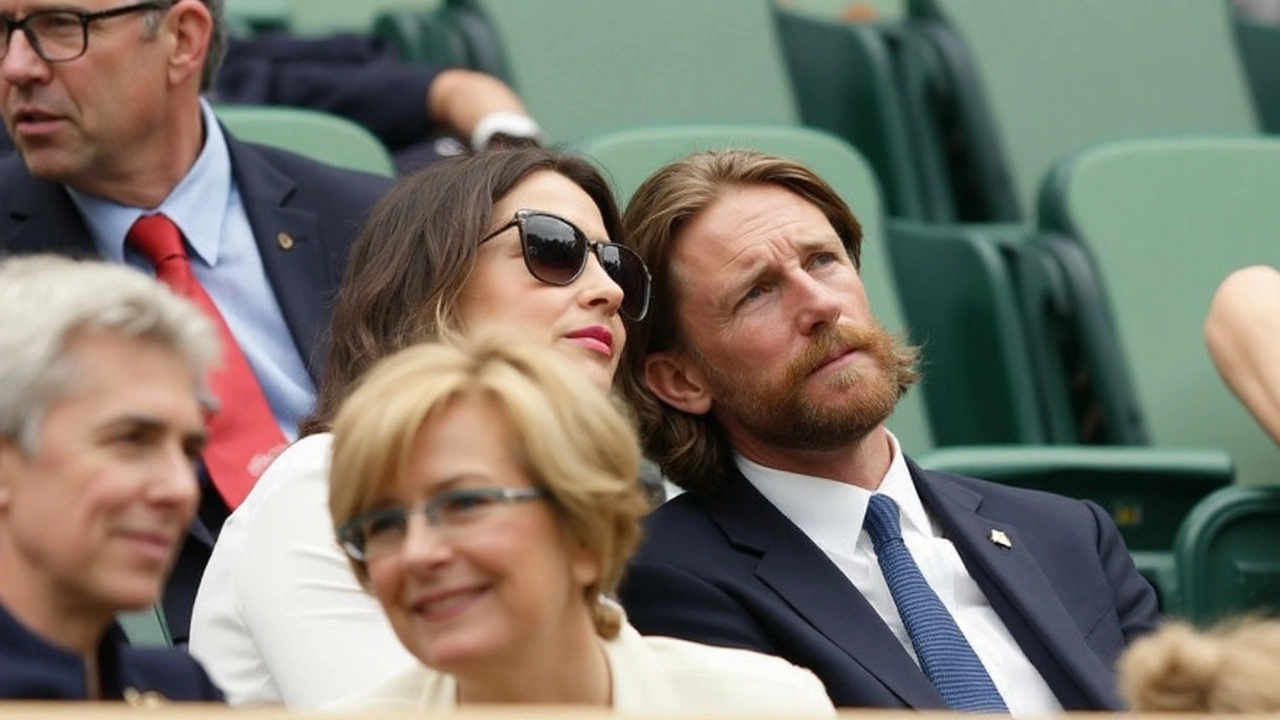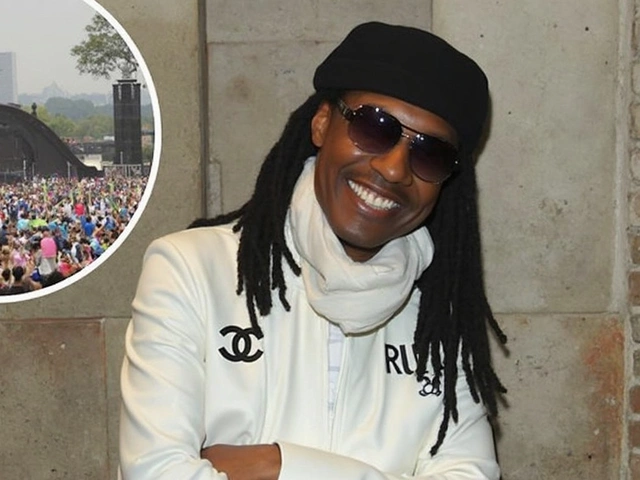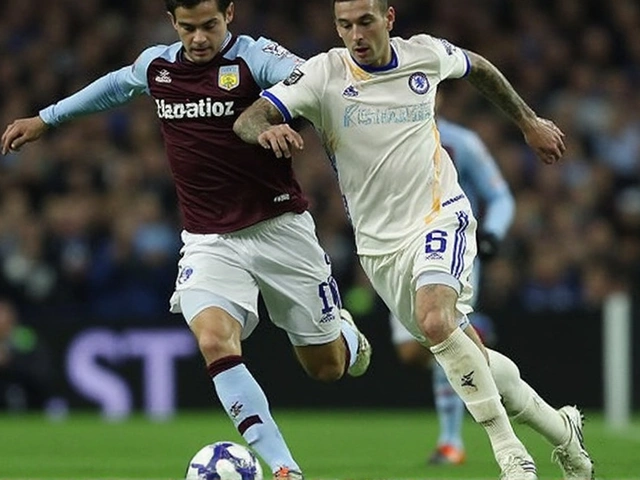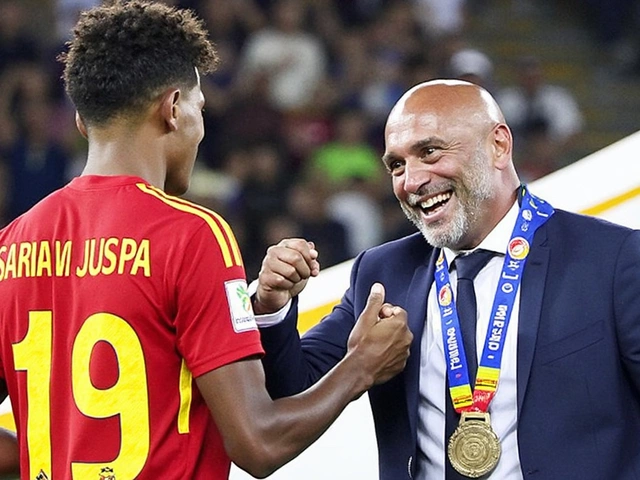Age Gap in Sports Coaching: What You Need to Know
Coaching a team where the ages range from early teens to adults can feel like juggling fire. The age gap brings different physical abilities, attention spans, and life experiences to the field. If you’ve ever wondered why some drills work for the 16‑year‑olds but fall flat for the 26‑year‑olds, you’re not alone. Below are real‑world ways to handle those differences without losing the spark.
Understand the Physical Gap
Young athletes recover faster, but they also need more guidance on technique. Older players have strength and stamina, yet they may need more recovery time to avoid injuries. Start each session with a quick check‑in: ask how they slept, any soreness, and what they want to work on. Use the answers to tweak the warm‑up – keep it light for the younger group, add a few mobility drills for the seasoned players. This small adjustment shows you see each athlete as an individual, not just a number on a roster.
Talk the Talk: Communication Styles
Teenagers respond well to short, energetic cues. A 20‑second sprint drill with a loud countdown keeps them on edge. Veteran athletes, on the other hand, appreciate a bit more context – why a drill matters, how it fits into the season’s plan. Mix it up: deliver a quick bold instruction, then follow with a brief explanation for those who need it. Ask open‑ended questions like, “What part of this felt tough?” This invites older players to share insight while giving younger ones a chance to voice concerns.
Another easy win is to pair up athletes from different age brackets. A 19‑year‑old can mentor a 14‑year‑old on game sense, while the younger player can show the older one a fresh move they learned online. Those buddy systems build respect and keep the whole group engaged.
When it comes to feedback, keep it balanced. Highlight what each player did right before pointing out a tweak. For a 16‑year‑old, you might say, “Great footwork on that drill – now let’s tighten the ball control.” For a 28‑year‑old, you could add, “Your experience shows in the positioning; just watch the pivot speed.” The format feels familiar, but the specifics respect the age gap.
Don’t forget the off‑field side. Younger athletes often have school, part‑time jobs, or family duties. Older players might juggle full‑time work or coaching their own kids. Offer flexible practice times or optional extra sessions. Let them know you understand their schedules – it builds loyalty.
Finally, keep an eye on the emotional climate. Teens can be fiery; adults can be cautious. A quick huddle halfway through a tough practice can reset the mood. Ask, “How are we feeling?” and let anyone speak up. That simple check can prevent a small frustration from turning into a bigger conflict.
Bridging an age gap isn’t about treating everyone the same; it’s about meeting each player where they are. By adjusting physical drills, tailoring communication, fostering peer mentorship, and staying flexible with schedules, you turn a mixed‑age roster into a unified squad. Your players will appreciate the effort, and you’ll see better performance on the field.
Kieran Lockhart, Aug, 25 2025
Tommy Fleetwood on 23-Year Age Gap With Wife Clare: ‘It’s Never Been a Thing to Us’
Tommy Fleetwood says the 23-year age gap with his wife and manager, Clare, has never mattered to them, even if others had doubts. The pair met in 2015 when she was his agent, married in 2017, and now raise their blended family in Dubai. Fleetwood credits Clare’s support through career highs and lows, including his 2025 Tour Championship win that ended his PGA Tour drought.
View More



